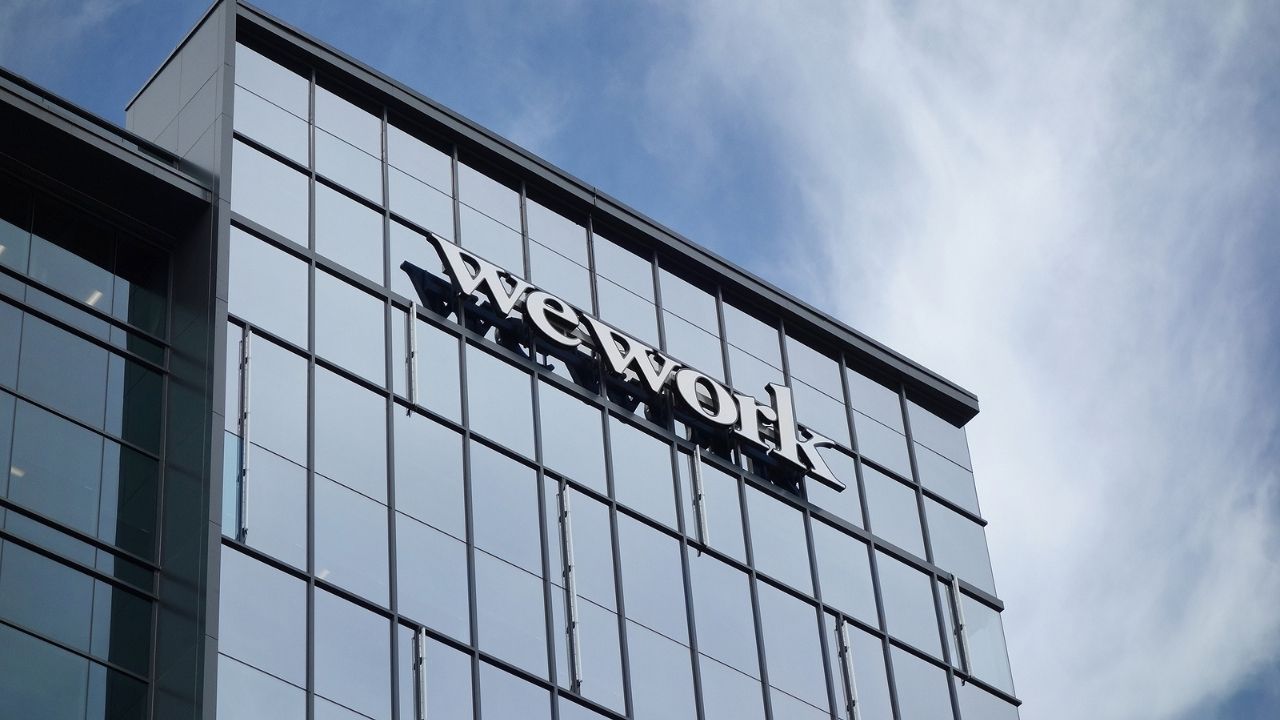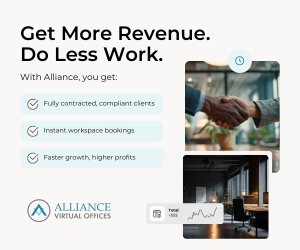In January of this year, analysts predicted a slow emergence of “intelligent companion” devices, improvements to technology infrastructure and overall improvements to workplace operations.
Then the pandemic hit, and companies were left with no choice but to adopt these advancements in order to continue their operations, while keeping employees safe.
Now, nine months later, organizations are looking at how to take the lessons learned from this year and apply them to improving the future of work.
The way we interact with the office will never be the same. For years, it was ingrained in our society that good work is based on quantity, not quality. However, the shift to a more flexible workforce is uprooting this belief.
As companies look towards a hybrid model where employees have the choice to work from wherever and whenever they want, offices will be a place of collaboration and brainstorming sessions.
Advancements in technology will also play a pivotal role in this reimagining of the office experience.
Online reservation setups, touchless technology, automatic network connection, wireless charging, sanitation systems and more will become the norm in creating a better workplace.
These improvements go beyond the physical office though. Many companies are fully expecting at least a portion of their workforce to continue working from home in the future.
This means it will be up to organizations to equip those employees with the proper connectivity and devices to make their own workplace experience more seamless.


 Dr. Gleb Tsipursky – The Office Whisperer
Dr. Gleb Tsipursky – The Office Whisperer Nirit Cohen – WorkFutures
Nirit Cohen – WorkFutures Angela Howard – Culture Expert
Angela Howard – Culture Expert Drew Jones – Design & Innovation
Drew Jones – Design & Innovation Jonathan Price – CRE & Flex Expert
Jonathan Price – CRE & Flex Expert











